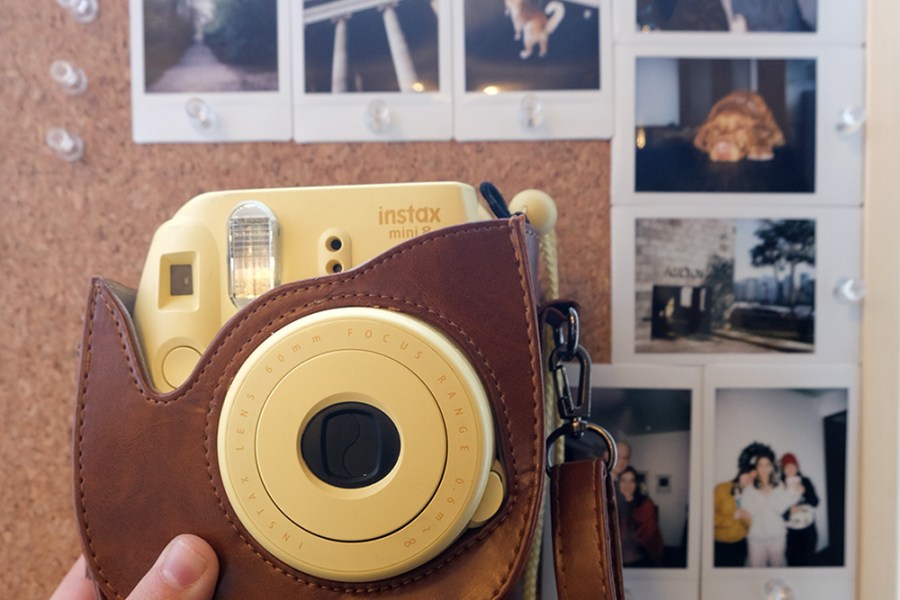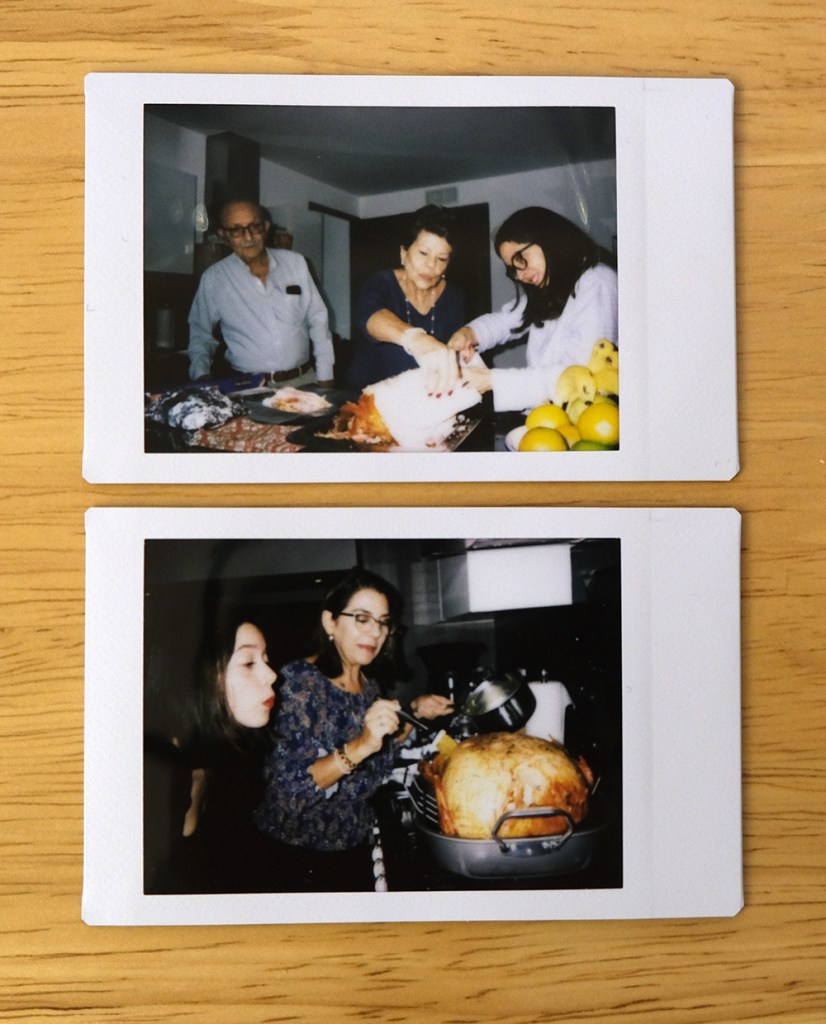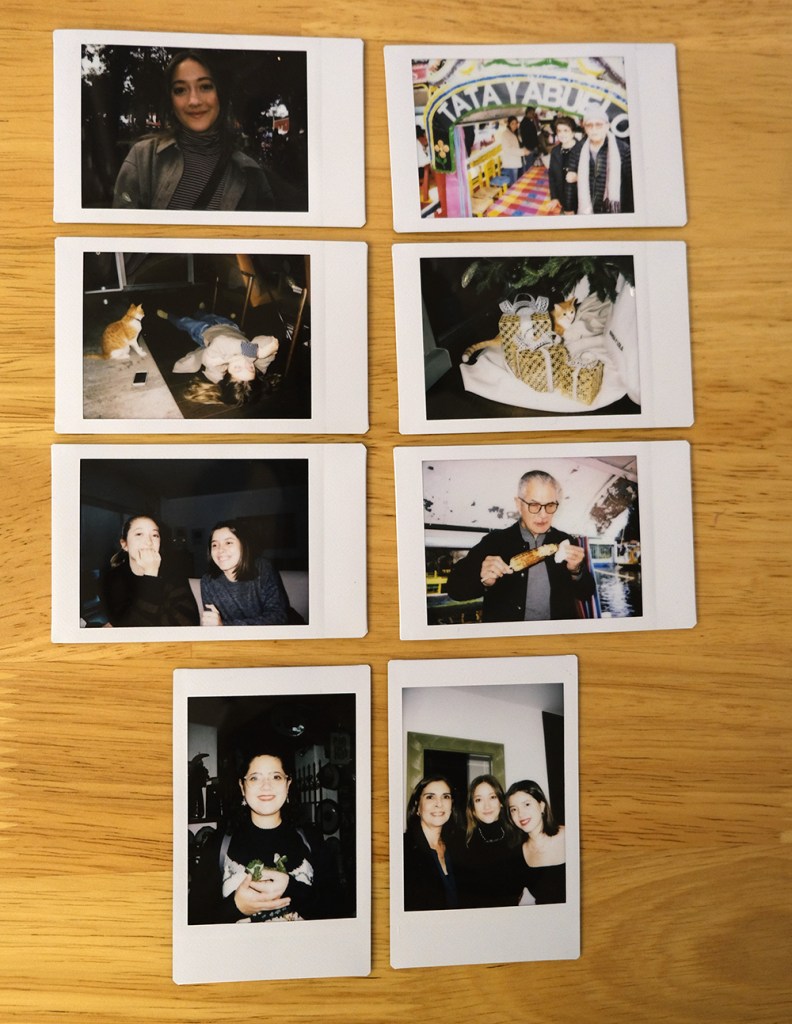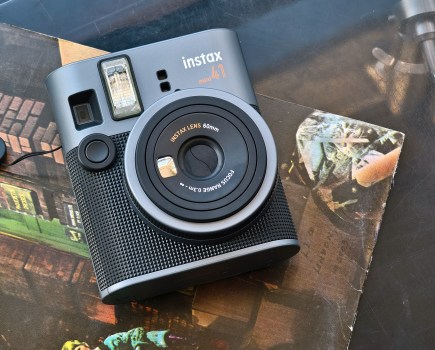With its cutesy exterior, the Instax Mini 8 looks easy. Isabella Ruffatti recounts how her experiences with the ‘toy’ camera were anything but.
When I finally picked up the Instax Mini 8 in earnest for a photo project after years of barely using it for mostly documentation purposes, certainly not for any serious photography, I expected it to be loads of fun. I expected it to be easy.
The Instax 8 Mini, and many of its newer versions, with its cute and simplistic design, looks like a toy. At around £90, it’s relatively cheap. The photos taken with the Instax 8 Mini may be cool and arty looking but, in an industry, where a high megapixel count tends to be the golden standard, they simply do not hold up.
And I had already seen my then-tween sisters recreate their own ‘polaroid wall’ during the 2010s, inspired by their friends and countless girls on Instagram and Tumblr who had one as well. So, to me, the Instax Mini 8 was not only a toy camera but also inescapably girly, which often translates to ‘not very good’. Think the colour pink and Twilight. See what I mean?

This image for example, was taken with a Canon DSLR. I then added a little bit of contrast and brightened it up in Photoshop. Photo credit: Isabella Ruffatti.
Spoiler alert: I was so wrong. If anything, shooting with an Instax 8 Mini was harder than shooting with a DSLR.
When shooting photojournalism and street photography, capturing the ‘decisive moment’ takes precedence over shooting with the perfect camera settings for me. Most of the time I shoot in Automatic or Aperture priority. It gets the job done and I can later slightly adjust my image to fix any glaring issues or slightly crop the image until I’m happy with the composition.
My adventure with the Instax Mini 8 began when the majority of my extended family members accepted my parents’ invitations to spend last year’s holidays in Mexico. Christmas 2022 became a highly expected event of historic proportions. And such an event had to be documented.
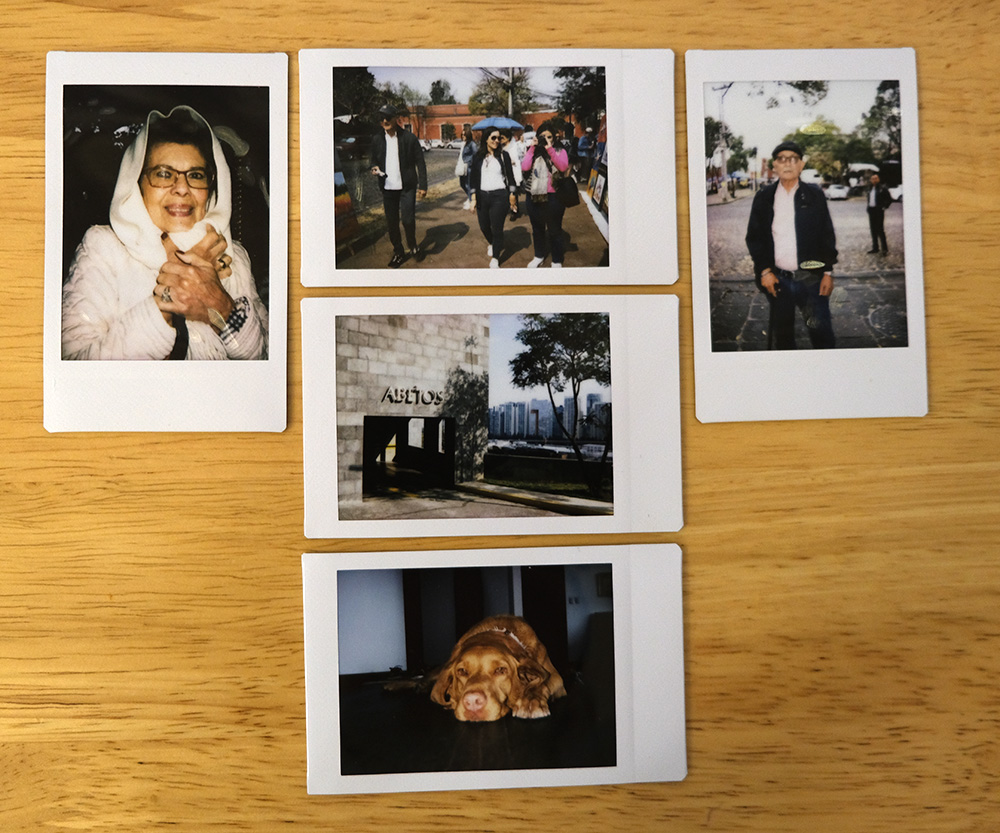
The Instax Mini 8 was particularly good at portraits, despite tending to drown my subjects in flash, but you could say that’s part of the instant photo ‘look’. Photo credit: Isabella Ruffatti.
To be clear, the Instax Mini 8 was not my first or second choice for this. My second-hand Fujifilm X30, being compact and having a silent shutter, was. The shutter button was out of commission though, and I’d failed to get it repaired in time. Up next was my Fujifilm X-T3, but it was a bit too big and dangerous (its relatively heavy lens once accidentally bruised my sister’s arm as I walked next to her).
The Instax Mini 8 did have a few things going for it. Being film, it has an inherent nostalgic quality to it that’s quite powerful (see: Stranger Things) and the experience of watching the film develop in real time gets people excited, me included.
It only has five modes (for photos taken inside buildings, in cloudy, sunny, and slightly sunnier conditions as well as a Hi Key mode that comes with a powerful flash).
My first two photos of a Christmas tree at Heathrow Airport and of the Christmas issue of Amateur Photographer would set the standard for the 30+ pictures I would eventually take. Shooting interiors, even if relatively well-lit with a mix of natural, artificial and Christmas lights, never quite worked out. Close-ups worked best, though whether to use flash or not became a constant thorn in my side.
But it was also wildly unpredictable at times. I remember going from laughing at the sheer luck of having a squirrel scramble down a tree straight at me as I looked up with my camera to my heart sinking as the squirrel’s outline gradually faded as the photo developed into a merciless black square.
I soon resorted to using the Instax Mini 8’s Hi Key mode but while faces were clearly visible, they were often bathed in overexposure.
Only in rare instances, an image came out looking alright, with bright colours, just enough detail, and balanced whites and blacks.
It was certainly a fun experience. Moments such as my usually deadly serious grandmother dancing with cheer on a trajinera (a boat of sorts) while a band of mariachi played “Cielito Lindo”, my aunt and sister (both dedicated cooks) looking after the gigantic turkey we had for dinner on Christmas Eve, and my sisters and I each posing with our funny Christmas gifts (a mermaid Barbie, a magnetic decision maker, and a Mafalda yearly planner) were captured.
It was also a challenge. Especially as I’ve grown over-reliant on the amount of control I usually have over how my images look, be it through the Automatic mode or the overabundance of settings modern cameras tend to have.
The Instax Mini 8 defied my expectations, and while I won’t be using it any time soon (I ended up using way more film than I expected), my experience with it has solidified it as a valued member of my Fujifilm triad.
The views expressed in this column are not necessarily those of Amateur Photographer magazine or Kelsey Media Limited. If you have an opinion you’d like to share on this topic, or any other photography related subject, email: ap.ed@kelsey.co.uk.
Related articles:
12 best instant cameras and printers
How to get started in film photography
How to do film photography on a budget

